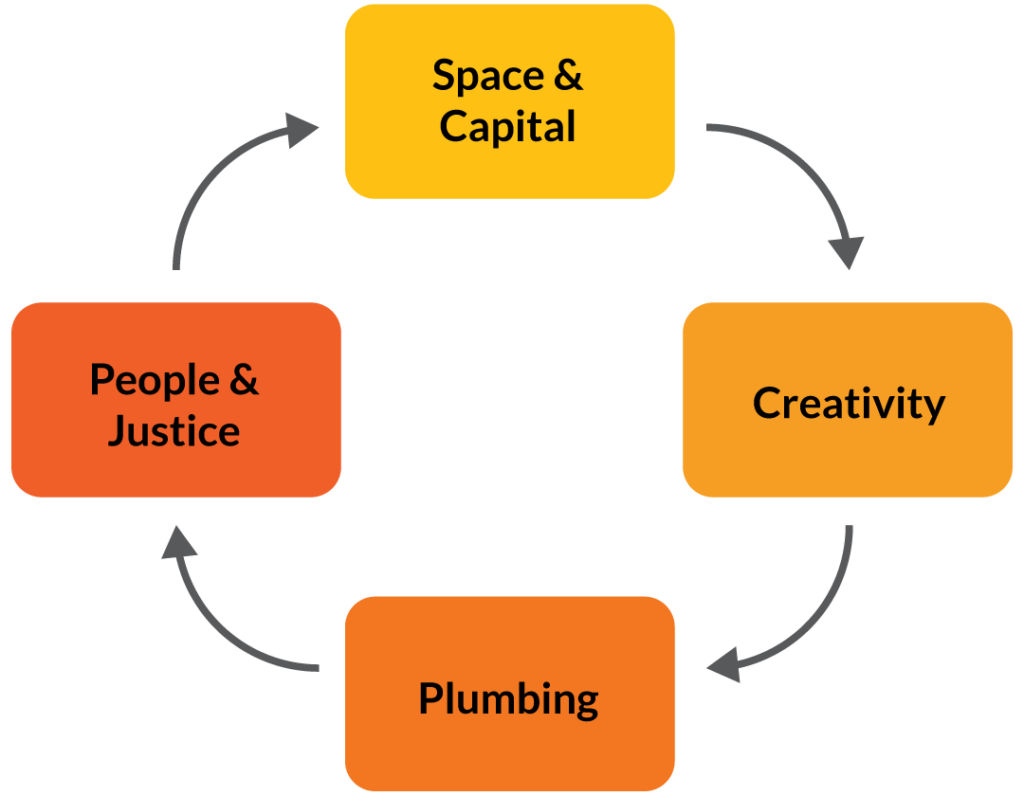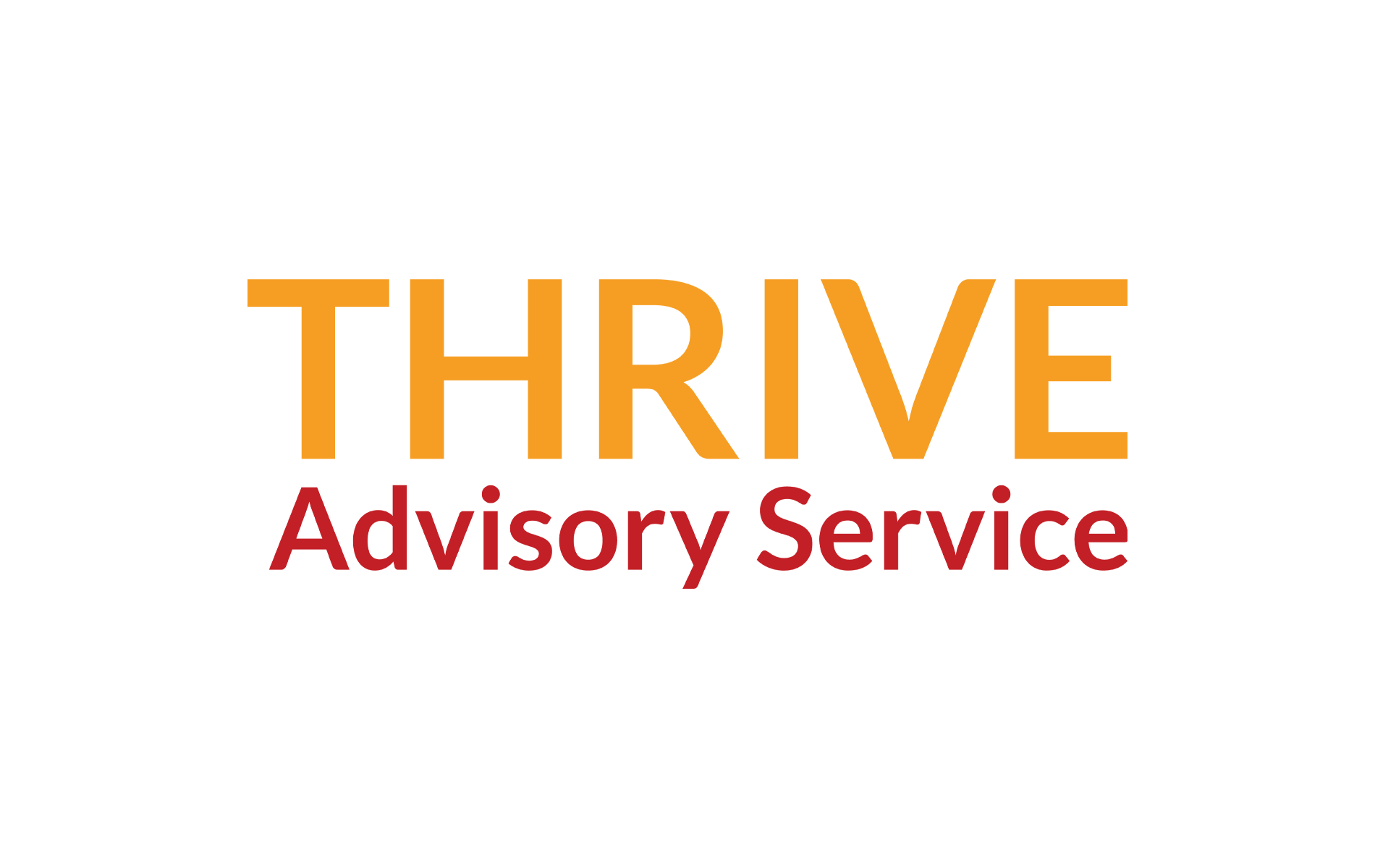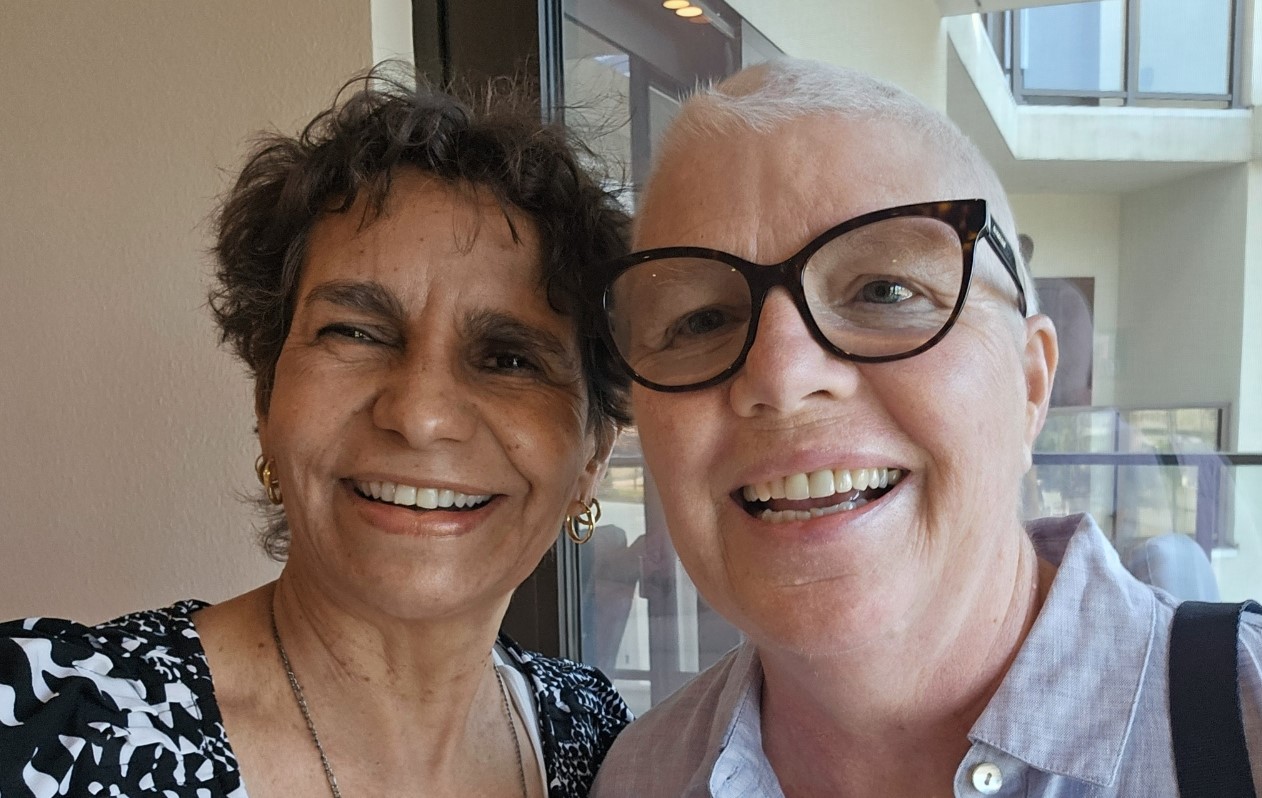Throughout our time working in philanthropy and the nonprofit sector, the terminology used to describe support to leaders and teams working in nonprofits has changed. We have at different times used different names for what we do: “technical assistance,” “organizational development support” and “capacity-building,” among others. We note that the ever-developing language we use to talk about our work signals evolution in both our understanding about what are the full range of supports needed and wished for by leaders and their teams, and importantly, how those supports should be offered and delivered. These shifts reflect the sector’s growing maturity and wisdom about the critical importance of asset-based approaches, and the need to ensure organizations drive how resources made available to them are used.
How do we at Thrive think about this work of supporting nonprofits now? We favor the broad framing of capacity strengthening as outlined in 2020 by the team from RVC in their article on “Transformational Capacity Building” in Stanford Social Innovation Review: “The process of building and strengthening the systems, structures, cultures, skills, resources, and power that organizations need to serve their communities.” We also appreciate the definition offered by Marcus Littles and Melissa DeShields of Frontline Solutions in a recent Fund the People interview, who describe it as “resourcing humans and humanizing resources” and guided by “people first.”
These views align tightly with our own experiences. We would add that for capacity strengthening funding to be truly valuable to leaders, it should more fully reflect the principles of trust-based philanthropy, beginning with the need for foundation partners to bring a more expansive view of what it encompasses.
We believe that capacity strengthening must extend beyond the traditional silos of board development, communications, fundraising, strategy, etc. These are all still needed, of course. And to manage the myriad challenges of this moment, leaders are also looking for coaching, consulting and training to help them transform how their organizations operate and to strengthen the skills and capacities needed for them and their teams to not just survive, but thrive.
We offer the following framework1 for four particularly important areas of capacity strengthening that organizations need now more than ever, and that foundations should make abundantly clear to their grantees that they are willing to invest in.

- Invest in People:
Investing in people includes all the capacities needed for organizations to support all their staff to do their best work in a just, loving and equitable organizational culture that builds rather than depletes their wellbeing.
Nonprofit leaders are acutely aware of the disconnect that exists between their vision of the world they are trying to create and the realities of the workplace they operate in. For under-resourced organizations always working to do more with less, it is a perennial struggle to maintain energy, balance and morale. This is increasingly true as many organizations find themselves working in a policy environment that is hostile to their work and values. Nonprofit staff are managing increasing workloads and constant uncertainty, and some (particularly those from the transgender and gender-nonconforming communities and immigrant communities, as well as as well as the broader LGBQ and BIPOC communities) are coming to work with a well-founded fear for their personal safety and security.
“I’ve been doing this for thirteen years, and I have never been busier in my career. It’s just non-stop. We take a day off and there’s such a mountain of work [when we get back]. It’s always been busy, but never like this. So many of our direct service workers, who are parents of little ones and in multi generational housing, have so much responsibility.”
— Executive Director
The resulting instances of high turnover, burnout and (in the worst cases) toxic organizational culture have been well documented, and are top of mind in organizations. Without focused attention, these issues have an impact on individual staff members, teams and the organization overall.
Organization leaders are looking for skilled practitioners to help them build structures, policies, practices and systems that strengthen organizational culture and promote staff members’ physical and emotional wellness. This may include building liberatory HR and management practices, improving staff supervision and professional development, and managing planful leadership transitions. It might also entail tackling generational differences in expectations of the workplace and cultivating community across differences.
Many leaders are also committed to transforming their organizations to embody racial justice and anti-racism, which calls for coaching and accompaniment to help them nurture their teams’ vulnerability, self-awareness, self-mastery, clarity and courage (among other capacities) needed to take this work on. And because people learn in different ways, the approaches they use to work on these issues should be equally diverse, including (for example) somatic practice, healing practices, mindfulness, and field trips to peer organizations, to name a few.
“I have seen a lot of people doing DEI work to sort of check the box, or to be able to say that they’ve done it. They’re not really integrating it. We’ve done enough of that. How do we actually embody what we say, and behave differently? This means being mindful and thoughtful of when we’re getting caught up in other ways. Then you are really changing how you work, and that’s when it gets more challenging, right?”
— Senior Organization Leader
Moving forward on all these fronts to center people requires dedicated, consistent funding over time, but often they are relegated to “soft skill” status and are absent from funders’ lists of projects that are eligible, acceptable, and/or encouraged for support. And we know that if they are not explicitly encouraged by funders, then applicants are much less likely to request them.
- Support organizations in creating space:
The longing for “space” comes up repeatedly in our conversations with organization leaders and with the consultants and coaches that work with them — and in various ways. Some mean it literally, as in the need for decent offices and virtual spaces in which to work. But they also need space away from the daily grind of all their pressing tasks, especially fundraising, and the unrelenting onslaught from their email, Slack, texts, Zooms and calls. This time for spaciousness might include retreats or other unrushed opportunities to think and plan together, to convene and learn with peers, or to have difficult but important movement conversations.
“Organizational strengthening is part of movement-building work, and it is best delivered in resource-rich environments. Create spaces where leaders have places to aggregate what they are learning and share it out.”
— Practitioner
Finally, and most importantly, nonprofit staff need headspace for their own healing and community building: respite to replenish themselves through wellness retreats, sabbaticals, gatherings with peers, and more. And this isn’t limited to those in positional leadership. Staff members at every level need these resources but, too often, funder-supported opportunities are limited to the Executive Director only.
These kinds of opportunities also often fall outside funder’s menus of what they will fund, because they are considered as “nice-to-have,” instead of what they really are: a lifeline.
For funders who wish to encourage their grantees to prioritize space and creativity and peer connection, there are a number of examples and ideas that can offer inspiration, including:
- The Durfee Foundation supports sabbaticals for EDs, and multiple foundation partners of The LeadersTrust support senior leadership and retreats for all staff teams which prioritize rest and healing practices, avoiding heavy scheduling and outcome focus.
- Rockwood’s Fellowships help leaders connect and build relationship, and its HeArt of Black Leadership creates space for “liberation and boundless joy.”
- The Co-Lab Radical Sabbatical provides opportunities for true relaxation and rest for leaders.
- The MEV 10-year cohort program, for leaders working to end gender-based violence, offers a model with a comprehensive range of elements and its site offers a wealth of materials outlining their approach that centers on space, care and strategic thinking.
- The Leadership Learning Community designs and hosts a range of in-person and virtual “Playground Spaces” and Liberatory Networks to support ways for leaders and their teams to rest, recreate and innovate with peers.
- The Robert H. N. Ho Family Foundation Global’s C2i Program supports nonprofits to introduce and sustain contemplative practices within organizations, in furtherance of its aim to strengthen the capacity for inner wellbeing and organizational effectiveness.
- Fund opportunities for creativity and innovation:
When leaders have the chance for spaciousness, it leads to innovation. Much capacity strengthening is — rightly and necessarily — focused on helping organizations do the best that they can within a nonprofit sector that is broadly recognized to be broken. Chronic underfunding, the nonprofit starvation cycle, a broken business model that under-resources infrastructure, unsustainable job descriptions…the list of structural challenges is long.
“Funders must take the lead in breaking a vicious cycle that is leaving nonprofits so hungry for decent infrastructure that they can barely function as organizations—let alone serve their beneficiaries.”
— “The Nonprofit Starvation Cycle,” in Stanford Social Innovation Review
Nonprofit leaders are well aware of these shortcomings of the status quo and are hungry not just for short-term fixes but to fundamentally recreate their organizations — and the sector. Many are looking to their funding partners for the time, resources and encouragement to experiment with how they are funded and structured. This may include exploring ways to share leadership, distribute decision making, manage governance differently, or try out other innovative ways to organize themselves, such as experimenting with hybrid c3/c4 structures. Innovation means bringing a constant commitment to testing new ideas and always learning.
- “Don’t forget the plumbing”:
These were the words of an experienced consultant who encouraged us not just to focus on the higher-level adaptive capacities that organizations need, but also to ensure that the fundamental building blocks of operations capacity are in good shape. This means the core structures and systems needed for an organization to sustain and thrive: finance systems and data management, salary structures, HR manuals, digital security, crisis management plans, operations processes, and more. These are all vital but sometimes sidelined by funders in favor of other more so-called “transformational” projects. Yet, as one executive director put it, “Having decent systems and admin support feels pretty transformational.”
All four of these — people, space, creativity, and “plumbing” — are valuable alone, and they work together for even deeper capacity strengthening, so that well-resourced people are supported by sound structures and the spaciousness to be creative in achieving organizational goals. So, it is clear that an expansive view by funders of what is “in scope” for capacity strengthening is crucial. But it’s not the only thing that matters. In What Does Trust-based Capacity-Strengthening Funding Look and Feel Like? we tackle the second part of the picture: how capacity-strengthening resources are offered.
- We acknowledge particularly Maura Bairley, whose wisdom, experience, and guidance shaped this framework.
↩︎

